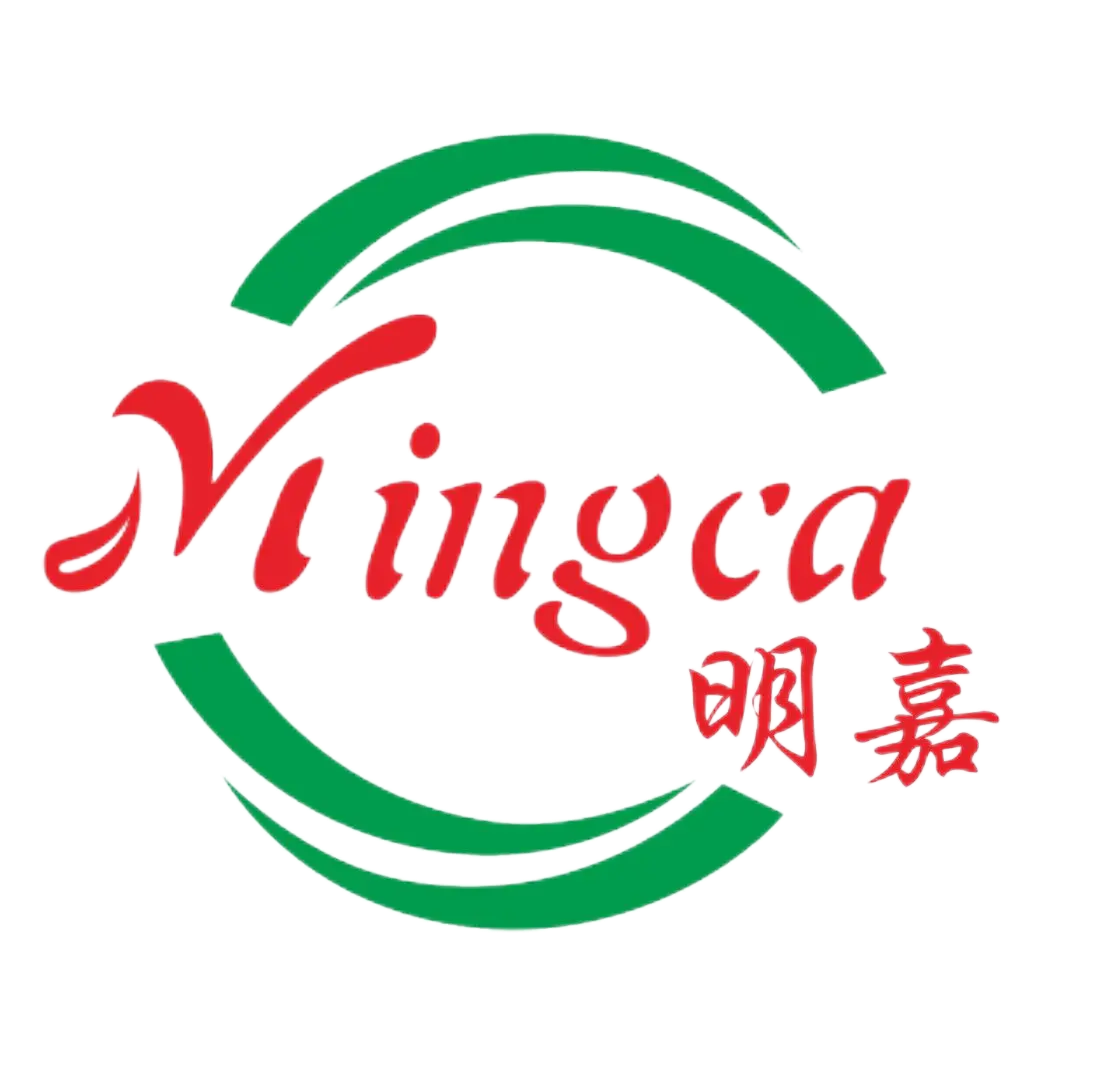0102030405
Unveiling the Unique Advantages of Non-crosslinked Films: A Comparative Analysis with Crosslinked Films
2024-08-12 09:22:16
If you are a professional in the flexible packaging industry, you may have noticed this phenomenon on the Internet: There are an increasing number of articles on popular science and discussions about recyclability and mono material. The adoption and application of mono material recyclable shrink film packaging seem to be gradually becoming a trend, and the non-crosslinking process closely related to recyclability has gradually emerged in these topics. It seems that Non-crosslinked films are approaching the public's view.
So, what makes non-cross-linked films recyclable?
Before answering this question, we first need to understand the basic concept of Non-crosslinked films and how they differ from the crosslinking process of conventional polyolefin shrink films. Then, through performance comparisons, we can see whether the market and demand for Non-Crosslined shrink films have been growing, and then can we return to this topic.

Traditional polyolefin shrink films are generally POF shrink film and cross-linked film. Although the POF shrink film do not form cross-linking bonds by destroying the molecular structure in the preparation process, its structure is a multi-layer composite material, which is difficult to decompose and recycle. Therefore, here we only discuss the process issues of mono material non-crosslinked film. That is, the comparative analysis of mono material non-crosslinked film and cross-linked films.
In the field of film manufacturing, the non-crosslinking process and the crosslinking process are two complex film-forming methods, each resulting in film products with different characteristics. Non-crosslinked shrink films refer to film materials whose molecular chains are not crosslinked by chemical bonds. Crosslinked films, on the other hand, form chemical bonds between molecular chains through specific crosslinking processes, such as radiation, heating, or the use of chemical crosslinking agents, thereby constructing a three-dimensional network structure.

Schematic diagram of cross-linked membrane process
This structural difference directly leads to significant differences in physical and mechanical properties between the two. Among them, the most important and frequently mentioned "recyclability" on the Internet. The reason why Non-crosslinked shrink films are recyclable is that their molecular structure has not undergone significant changes, making it relatively easy to break and re-adjust during the recycling process. In addition, the composition of Non-crosslinked shrink films is usually single and pure. During the production process, no complex chemical crosslinking agents and other difficult-to-separate additives are used, which greatly reduces the difficulty of subsequent recycling and separation work.
Crosslinked films are just the opposite. The crosslinking process and complex additive components make it difficult to easily recycle, separate and re-combine the molecular structure, making recycling and reuse extremely difficult.
According to the current packaging trend, the introduction and improvement of regulations, government management and regulation, and market environmental protection demands have all promoted the development of recyclable packaging, and its application prospects are very broad. This Non-crosslinked film solution can completely change the flexible packaging industry and is crucial for the transition of the plastic circular economy to a more sustainable future. At this level, non-crosslinking process shrink films are far ahead.
According to the environmental protection commitments announced by enterprises in various industries, many companies are striving to make their packaging more sustainable and reduce the impact on the environment. Some companies have set goals to make their packaging recyclable or compostable by 2025, while others are looking for alternatives to plastic.
In addition, Towards Packaging released a report, "Recyclable Packaging Market Size by 2033". The global recyclable packaging market size reached 116.02 billion US dollars in 2023 and is expected to reach approximately 208.56 billion US dollars by 2033, growing at a compound annual growth rate of 6.04% during the forecast period from 2024 to 2033. This is all good news for environmentally friendly non-crosslinking process shrink films.
Crosslinked films have inherent deficiencies and lack recyclability. In terms of other performance comparisons, the films produced through the non-crosslinking process and crosslinked films also have their own advantages and disadvantages. Take Mingca's Non-crosslinked Recyclable PEF Shrink Film as an example for non-crosslinked films. It is easy to recycle and regenerate.
First, from a cost perspective, PEF shrink film have a clear advantage. The production process of crosslinked films usually requires specific equipment and process conditions, significantly increasing the production cost. However, the production process of PEF films is relatively simple and does not require a complex crosslinking treatment process. This gives non-crosslinked shrink films a price advantage in large-scale production.
In terms of physical properties, cross-linked films usually have a higher shrinkage rate, tight sealing, strong tensile properties and puncture resistance, which can provide a tighter and firmer packaging effect. This is important application value for products that require high protection and display effects, such as high-end electronic products and exquisite gifts.
The PEF shrink film catches up with crosslinked film in terms of shrinkage rate and sealing, and performs well in terms of tensile properties and light transmittance. It can withstand large stretching and bending without easily breaking and offers a quite good visual experience with high transparency and high gloss. According to experiments, the haze of PEF in the test is only 2.8%, which is an increase of about 45% compared to crosslinked films. Moreover, the transverse and longitudinal tensile strength of PEF is above 100 Mpa, which can maintain good flexibility and provides more possibilities for diversified applications of packaging.

Although both non-crosslinked films and crosslinked films have their own advantages, in the long run, recyclability is an irreversible major development direction for the packaging industry in the future. Non-crosslinking process shrink films are definitely a potential stock for development. In the future, with the continuous progress of technology and the further diversification of market demand, increasingly refined and continuously optimized non-crosslinked film packaging is expected to exert greater value and provide more high-quality, efficient and sustainable packaging solutions for various products.









